Your home should be your sanctuary—a place where you feel comfortable, safe, and energized. Yet many Australian homes harbor hidden inefficiencies and health concerns that quietly drain your wallet and compromise your family’s wellbeing. From poor air quality and contaminated water to outdated systems that consume excessive energy, these issues often go unnoticed until they become expensive problems or health concerns that can no longer be ignored.
The good news? Transforming your house into a genuinely healthy, efficient home doesn’t require a complete rebuild or lottery winnings. Strategic upgrades to key systems can dramatically improve your quality of life while reducing ongoing costs and environmental impact. Whether you’re settling into a new property, planning a major renovation, or simply ready to address long-standing frustrations, understanding which improvements deliver the greatest benefit helps you prioritize investments wisely..

Creating Year-Round Comfort Through Smart Climate Control
Australia’s diverse climate zones mean that comfortable living requires adaptable solutions. Whether you’re sweltering through a Hobart winter or enduring Melbourne’s unpredictable weather swings, your home’s climate control system dramatically affects your daily quality of life. Yet many homeowners endure inadequate heating, inefficient cooling, or noisy systems simply because they don’t realize better options exist.
The evolution of climate control technology has been remarkable, shifting from simple space heaters and window air conditioners to integrated systems that maintain consistent comfort throughout entire homes. Modern solutions offer precision control, whisper-quiet operation, and energy efficiency that older systems simply cannot match. The difference between struggling with individual room heaters and enjoying seamless whole-home comfort is transformative—and often more affordable than people expect.
For those seeking comprehensive comfort, ducted heating and cooling systems represent the gold standard in climate control. These systems work invisibly, with discreet ceiling or floor vents replacing bulky wall units and the tangle of portable devices many homes rely upon. The central unit handles all the work, distributing conditioned air through a network of ducts to every room, allowing you to set different temperatures in different zones based on actual usage patterns. This zoning capability means you’re not wasting energy heating or cooling unused spaces—a significant advantage for families with varying schedules or homes with guest rooms that sit empty most of the year.
The benefits extend beyond simple temperature control. Quality ducted systems operate quietly, eliminating the disruptive noise of window units cycling on and off. They improve indoor air quality through proper filtration, removing dust, pollen, and other particles that aggravate allergies and respiratory conditions. The aesthetic advantage cannot be overstated either—without visible equipment cluttering walls and windows, your interior design remains clean and uninterrupted. Property value sees a boost too, as integrated climate control systems rank high on buyer wish lists and can meaningfully increase your home’s market appeal.
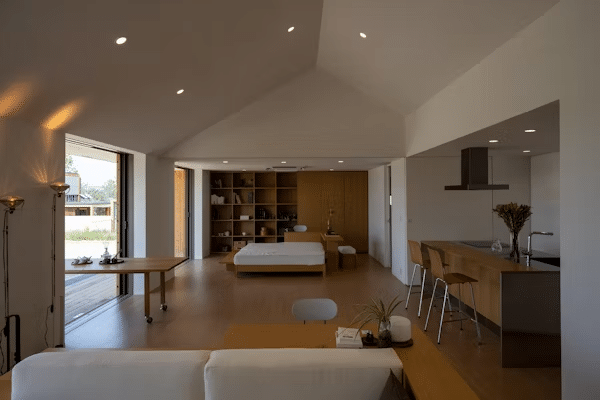
Protecting Your Health with Pure, Clean Water Throughout Your Home
Water quality often goes unexamined until a problem becomes obvious—discolored water, unpleasant tastes, or visible sediment that can no longer be ignored. Yet the contaminants that pose the greatest health risks are frequently invisible, odorless, and tasteless, silently accumulating in your body over years of exposure. From heavy metals leached from aging pipes to chlorine byproducts used in municipal treatment, from pesticide runoff in rural areas to pharmaceutical residues that treatment plants don’t fully remove, modern water supplies face contamination challenges our grandparents never encountered.
Most people’s first response to water quality concerns involves purchasing a simple pitcher filter or installing a single under-sink unit. These solutions address drinking water but ignore the larger reality: you’re exposed to water contaminants through showering, cooking, washing dishes, and countless other daily activities. Chlorine and chloramine, used to disinfect municipal water, become airborne in hot showers, where you inhale them directly into your lungs. Skin absorbs chemicals during bathing. Contaminants in cooking water end up in your food. A comprehensive approach recognizes that point-of-use solutions, while better than nothing, provide incomplete protection.
This is where full house water filtration system installations prove transformative. By treating water at the point where it enters your home, these systems ensure every tap, every shower, and every appliance receives clean, filtered water. The health benefits are comprehensive—you’re eliminating contaminant exposure across all uses, not just drinking water. Your skin and hair benefit from softer water free of harsh chemicals. Respiratory health improves without chlorine fumes during showers. Even your morning coffee tastes better when brewed with truly clean water.
The practical advantages extend beyond health. Hard water minerals cause scale buildup in pipes, water heaters, and appliances, reducing efficiency and lifespan. Filtered water eliminates this problem, protecting your plumbing infrastructure and expensive appliances. That new dishwasher or washing machine will last considerably longer when not constantly battling mineral deposits. Your hot water heater operates more efficiently without scale coating its heating elements. The soap and detergent you use work more effectively in soft water, meaning you need less product to achieve the same cleaning results—a cost savings that accumulates over time.

Responding to Plumbing Emergencies and Preventing Future Problems
Few home emergencies create more immediate stress than plumbing failures. A burst pipe flooding your bathroom at 2 AM, a backed-up sewer line during a dinner party, or a failed hot water system before your morning shower—these scenarios transform a normal day into a crisis requiring immediate attention. The damage potential is enormous, with water quickly destroying flooring, cabinetry, drywall, and personal belongings while creating conditions for mold growth that threatens long-term health.
Prevention beats emergency response every time, yet many homeowners ignore warning signs until minor issues escalate into major disasters. That slow drain you’ve been meaning to address? It’s likely signaling a developing blockage that will eventually cause a complete backup. The slight drip under the sink? It’s wasting water while potentially rotting the cabinet and floor beneath. The water heater making strange noises? It’s probably accumulating sediment that reduces efficiency and hastens failure. Addressing small problems promptly prevents the expensive emergencies that disrupt your life and drain your savings.
Regular plumbing maintenance deserves a place in your home care routine, alongside the tasks you already perform. Annual professional inspections identify developing issues before they become emergencies, check for hidden leaks that waste water and money, and ensure all systems operate efficiently. The cost of preventive maintenance pales compared to emergency repair bills, water damage restoration, and the hassle of dealing with plumbing failures at the worst possible moments.
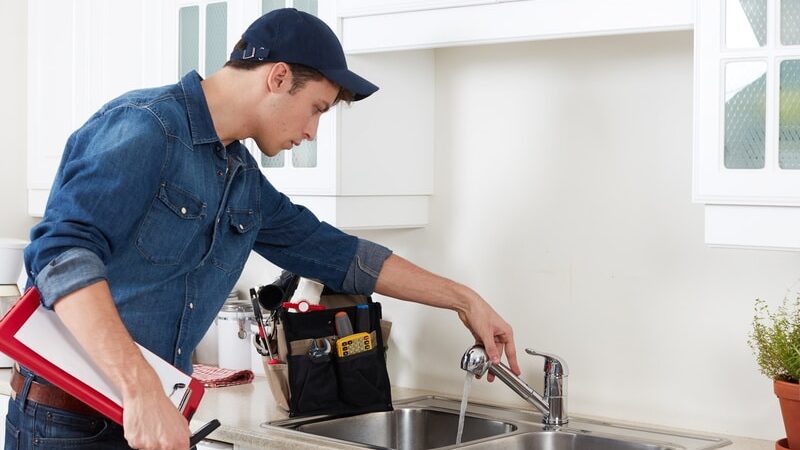
When emergencies do strike, response speed matters enormously. Every minute water flows where it shouldn’t increase damage and costs. Having a trusted professional you can call immediately—someone who understands that 3 AM pipe burst can’t wait until regular business hours—provides invaluable peace of mind. For northern Melbourne residents, access to reliable emergency plumbing in Thomastown services means help arrives quickly when disaster strikes, minimizing damage and restoring normalcy fast. These professionals arrive equipped to handle whatever problem they encounter, from burst pipes and blocked drains to failed hot water systems and sewer issues, working efficiently to resolve problems and prevent secondary damage.
Beyond emergency response, quality plumbing professionals offer expertise that saves money long-term. They can assess your home’s plumbing infrastructure, identify aging components likely to fail soon, and recommend strategic replacements before emergency situations develop. They understand current code requirements, employ modern materials that outlast older options, and use techniques that ensure repairs last rather than serving as temporary patches requiring repeated attention.
Water efficiency upgrades represent another area where plumbing expertise creates value. Modern low-flow fixtures maintain performance while dramatically reducing water consumption. Tankless water heaters provide endless hot water while occupying minimal space and operating more efficiently than traditional tank systems. Greywater systems capture and reuse water from showers and washing machines for garden irrigation, reducing both water bills and environmental impact. These upgrades require professional installation but deliver ongoing benefits that justify the investment.
The relationship between plumbing and other home systems deserves consideration. Your water heater capacity must match household needs and work with your climate control for optimal efficiency. Drainage systems affect landscaping and foundation integrity. Water pressure impacts appliance performance and longevity. A comprehensive approach to plumbing considers these interconnections rather than treating each element in isolation.
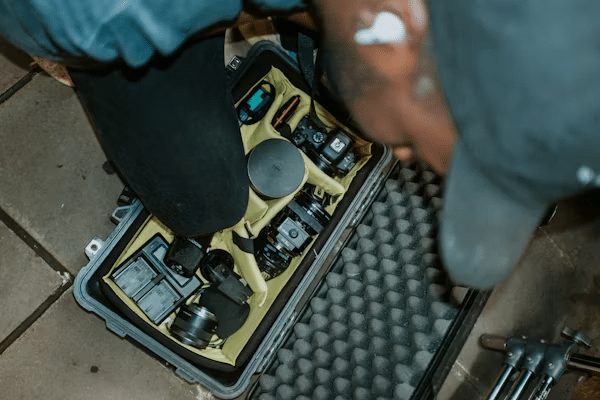
Transforming Your Kitchen into a Functional Masterpiece
The kitchen occupies a unique position in the home—it’s simultaneously a practical workspace for daily meal preparation and a social hub where families gather, friends congregate, and memories form. Yet many Australian kitchens fail to serve either function well, hampered by poor layouts that create frustration, inadequate storage that forces compromise, dated appliances that waste energy, and aesthetics that no longer inspire. Whether you’re dealing with a cramped galley that barely accommodates one person or a spacious room poorly configured for modern cooking needs, kitchen limitations affect your daily quality of life in ways both obvious and subtle.
Kitchen dissatisfaction builds gradually. That awkward workflow where the refrigerator sits too far from food prep areas? It wastes countless steps over months and years. The limited counter space that forces you to juggle cutting boards and mixing bowls? It transforms cooking from pleasure to stress. The inadequate lighting that leaves corners dim? It creates safety hazards and makes food preparation more difficult than necessary. The worn cabinets and outdated finishes? They make you feel uninspired every time you enter the room.
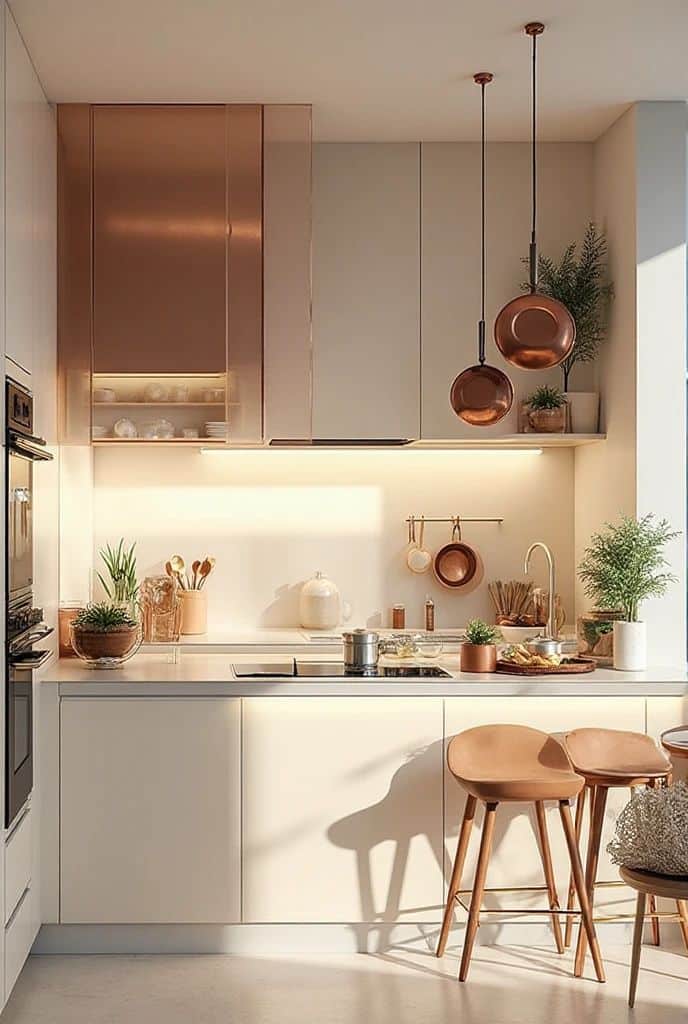
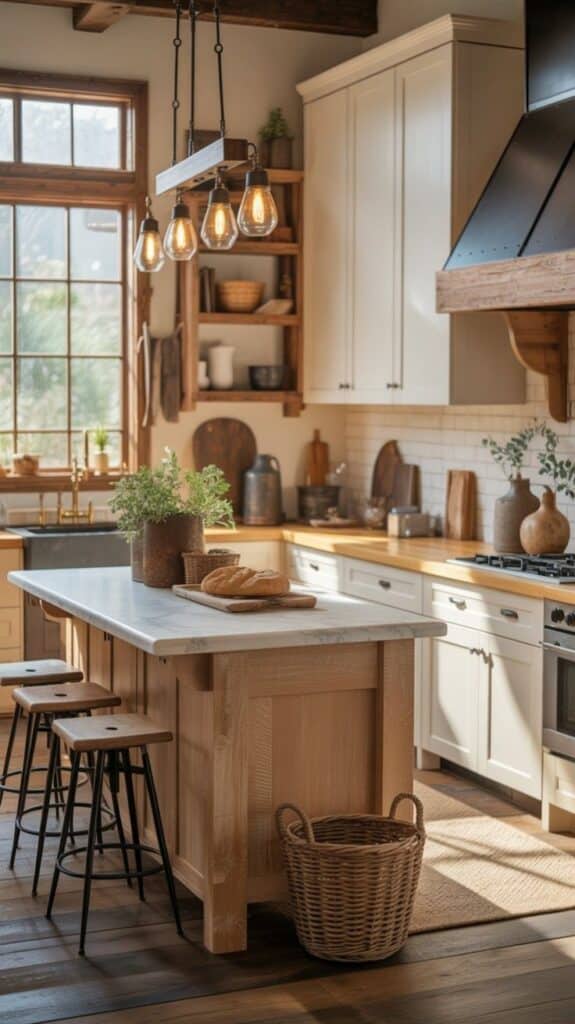
A well-designed kitchen renovation addresses these frustrations while future-proofing the space for evolving needs. Modern kitchen renovations melbourne specialists understand that successful projects balance aesthetic appeal with functional excellence, creating spaces that look stunning while working beautifully for your specific cooking style, family size, and entertaining preferences. The difference between a generic renovation and a truly customized kitchen lies in this attention to how you actually use the space rather than simply following current trends without consideration for practical realities.
Storage solutions deserve particular attention, as inadequate storage ranks among the top kitchen complaints. Modern cabinetry incorporates clever organizational features—pull-out pantries, corner solutions that maximize awkward spaces, deep drawers that eliminate the black hole of lower cabinets, and specialized inserts for everything from spices to cutting boards. Thinking through what you store and how you use it during the design phase ensures every item has a logical home, eliminating clutter and the frustration of hunting for needed tools and ingredients.
Material selection involves balancing durability, aesthetics, maintenance requirements, and budget. Benchtops endure constant use, so choosing materials that resist stains, scratches, and heat while looking beautiful requires careful consideration. Cabinetry finish options range from timeless classics to contemporary statements, each with different maintenance needs and longevity characteristics. Flooring must withstand heavy traffic, dropped items, and spills while complementing the overall design. Quality materials cost more initially but deliver better performance and appearance retention over the years.
Appliance selection represents another critical decision point. While it’s tempting to choose based purely on features and aesthetics, considering energy efficiency, reliability ratings, and whether features match your actual cooking style prevents buyer’s remorse. That professional-grade range might look impressive but could be overkill if you rarely cook elaborate meals. Conversely, a modest cooktop might prove frustrating if you’re passionate about cooking and frequently prepare complex dishes for large groups.

Managing Renovation Waste Responsibly and Efficiently
Home improvements create substantial waste, from the demolition debris of renovation projects to the packaging materials from new fixtures and appliances. Managing this waste properly matters for multiple reasons: it’s legally required in most areas, environmentally responsible, and practically necessary to maintain safe, functional work areas during projects. Yet waste management often receives minimal attention during planning, leading to problems that disrupt timelines, create hazards, and potentially generate fines for improper disposal.
Different project types generate different waste profiles. Kitchen renovations produce old cabinets, discarded appliances, demolished benchtops, and mountains of packaging from new materials. Bathroom upgrades create broken tiles, old fixtures, and potentially hazardous materials if dealing with older homes. General renovations might involve everything from carpet and drywall to lumber and roofing materials. Understanding what you’ll be disposing of helps determine appropriate waste management solutions.
For Sydney-based projects, efficient Skip bins hired in Sydney services provide the practical solution of renovation waste demands. These services deliver bins in appropriate sizes for your project scope, position them conveniently for easy loading, and handle removal and proper disposal when you’re finished. The convenience factor alone justifies the cost—imagine the time and fuel expense of making dozens of trips to disposal facilities in your personal vehicle, not to mention the wear on your car from hauling demolition debris. A skip bin sitting in your driveway or yard accepts material as you generate it, keeping work areas clear and safe.
Size selection matters more than people realize. Too small means paying for multiple bins or making supplementary disposal trips. Too large wastes money on unused capacity. General guidelines suggest small renovations like bathroom updates need 2-3 cubic meter bins, medium projects like kitchen renovations suit 4-6 cubic meter bins, and major renovations involving multiple rooms or structural changes may require 8+ cubic meter bins. Consulting with the skip bin company about your specific project scope helps ensure appropriate sizing.
Placement considerations affect both convenience and compliance. Bins should be accessible for both you loading them and trucks collecting them, which sometimes means obtaining permits for street placement if driveway space is limited. Protecting surfaces underneath bins prevents damage to driveways or lawns. Considering workflow—placing bins near the area generating the most waste—reduces labor and keeps debris from accumulating where it creates hazards or obstructions.
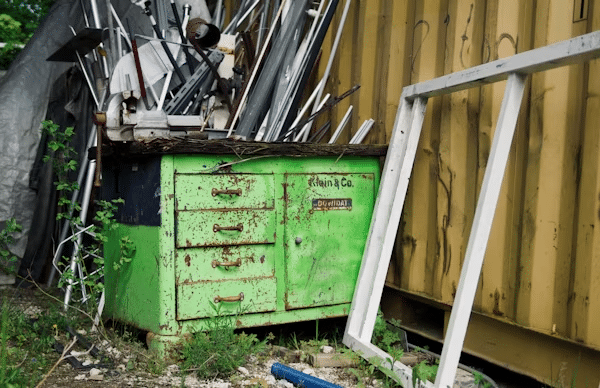
Bringing It All Together: Your Path to a Better Home
Creating a healthier, more efficient home doesn’t happen overnight, nor does it require addressing everything simultaneously. The key lies in strategic thinking—understanding which improvements deliver the greatest impact for your specific situation, how different systems interconnect, and how to phase projects sensibly based on urgency, budget, and lifestyle disruption.
Start by assessing your current situation honestly. What frustrates you most about your home? Where do inefficiencies cost you money each month? Which systems are approaching the end of their useful life and likely to fail soon? What health concerns might current conditions be creating or exacerbating? This assessment creates a priority list that guides decision-making and helps allocate resources where they’ll deliver maximum benefit.
Consider both immediate needs and long-term goals. That aging hot water system showing signs of failure demands attention now, while the kitchen renovation you’re dreaming about might be a multi-year planning process. Emergency situations obviously take precedence, but for discretionary improvements, thinking ahead allows better planning, proper budgeting, and often superior results compared to rushed projects driven by immediate frustration.
- 0shares
- Facebook0
- Pinterest0
- Twitter0


